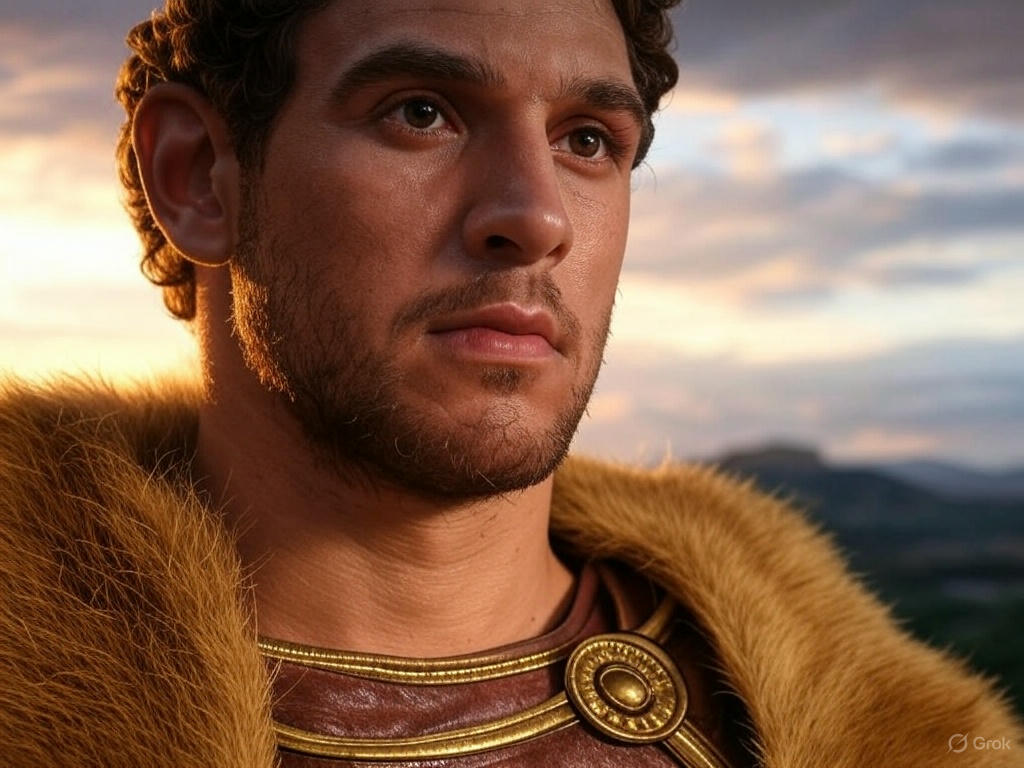The myth of Hercules, known as Heracles in Greek mythology, is one of the most enduring tales of heroism and perseverance. Central to his legend are the Twelve Labors, a series of seemingly impossible tasks assigned to him as penance for a grievous crime. Each labor not only tested Hercules' strength and wit but also carried profound symbolic and cultural significance. Let us journey through these legendary feats, uncovering the deeper meanings behind them.
1. The Nemean Lion The first labor required Hercules to slay the Nemean Lion, a beast with impenetrable skin. After discovering that no weapon could pierce the lion's hide, Hercules strangled the creature with his bare hands. Symbolically, the Nemean Lion represents the confrontation with overwhelming odds and the triumph of raw strength and ingenuity.
2. The Lernaean Hydra Next, Hercules faced the multi-headed Lernaean Hydra, a serpent that regrew two heads for every one severed. With the help of his nephew Iolaus, Hercules cauterized each wound to prevent regeneration, ultimately defeating the beast. The Hydra symbolizes the persistence of adversity and the necessity of cooperation in overcoming challenges.
3. The Ceryneian Hind Hercules' third task involved capturing the Ceryneian Hind, a swift, sacred deer of Artemis. He pursued the creature for a year, emphasizing patience and respect for divine will. The hind symbolizes the pursuit of the unattainable and the balance between force and diplomacy.
4. The Erymanthian Boar The fourth labor was to capture the ferocious Erymanthian Boar. Hercules drove the boar into a snowdrift and subdued it, showcasing his ability to outwit formidable beasts. This labor reflects the harnessing of nature's chaotic forces through skill and strategy.
5. The Augean Stables In his fifth labor, Hercules cleaned the stables of King Augeas, which housed thousands of cattle and had not been cleaned in years. Diverting two rivers, he washed away the filth in a single day. This task symbolizes purification and the power of creative problem-solving.
6. The Stymphalian Birds Hercules then confronted the man-eating Stymphalian Birds, whose metallic feathers rained death upon the land. Using a rattle to startle them into flight, he shot them down with arrows. The birds represent the triumph over fear and the need for precision in the face of overwhelming threats.
7. The Cretan Bull Tasked with capturing the raging Cretan Bull, Hercules wrestled it into submission. The bull, associated with Poseidon, symbolizes unchecked power and the need to master inner and outer forces.
8. The Mares of Diomedes The eighth labor required Hercules to tame the flesh-eating mares of Diomedes. By feeding the cruel king to his own horses, Hercules neutralized their threat. This labor underscores the concept of poetic justice and the taming of wild impulses.
9. The Belt of Hippolyta Hercules' ninth task was to retrieve the girdle of Hippolyta, queen of the Amazons. Initially granted the belt peacefully, a misunderstanding led to battle. The belt represents the complexities of diplomacy and the consequences of miscommunication.
10. The Cattle of Geryon In his tenth labor, Hercules traveled to the edge of the world to retrieve the cattle of the three-bodied giant Geryon. This labor symbolizes the hero's journey to distant lands, embodying endurance and the quest for knowledge.
11. The Apples of the Hesperides Hercules' penultimate task involved retrieving golden apples from the Garden of the Hesperides, guarded by a dragon. Enlisting the help of Atlas, who bore the sky upon his shoulders, Hercules cleverly tricked the Titan to complete the task. The apples symbolize enlightenment and the rewards of cleverness and cooperation.
12. Capturing Cerberus The final labor required Hercules to descend into the Underworld and capture Cerberus, the three-headed guard dog. By overcoming death itself, Hercules achieved the ultimate victory over fear and mortality.
Conclusion The Twelve Labors of Hercules are more than mere tales of strength; they embody the hero's journey of growth, sacrifice, and redemption. Each labor serves as a metaphor for the trials faced by humanity, encouraging resilience, wisdom, and courage in the pursuit of greatness. Through these feats, Hercules remains a timeless symbol of perseverance and the enduring quest for glory.









